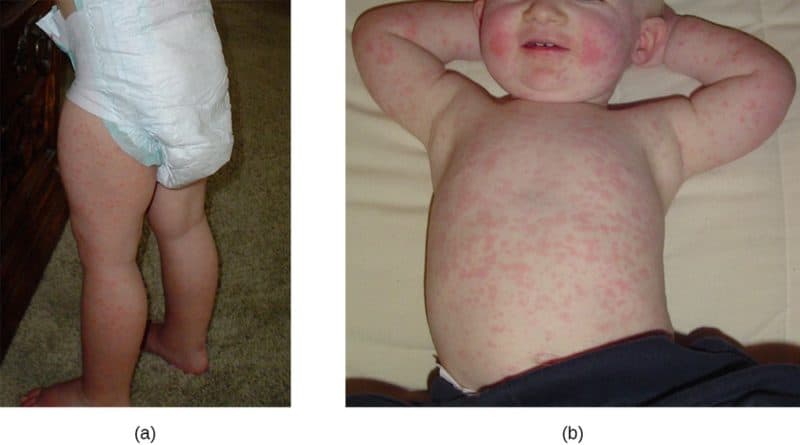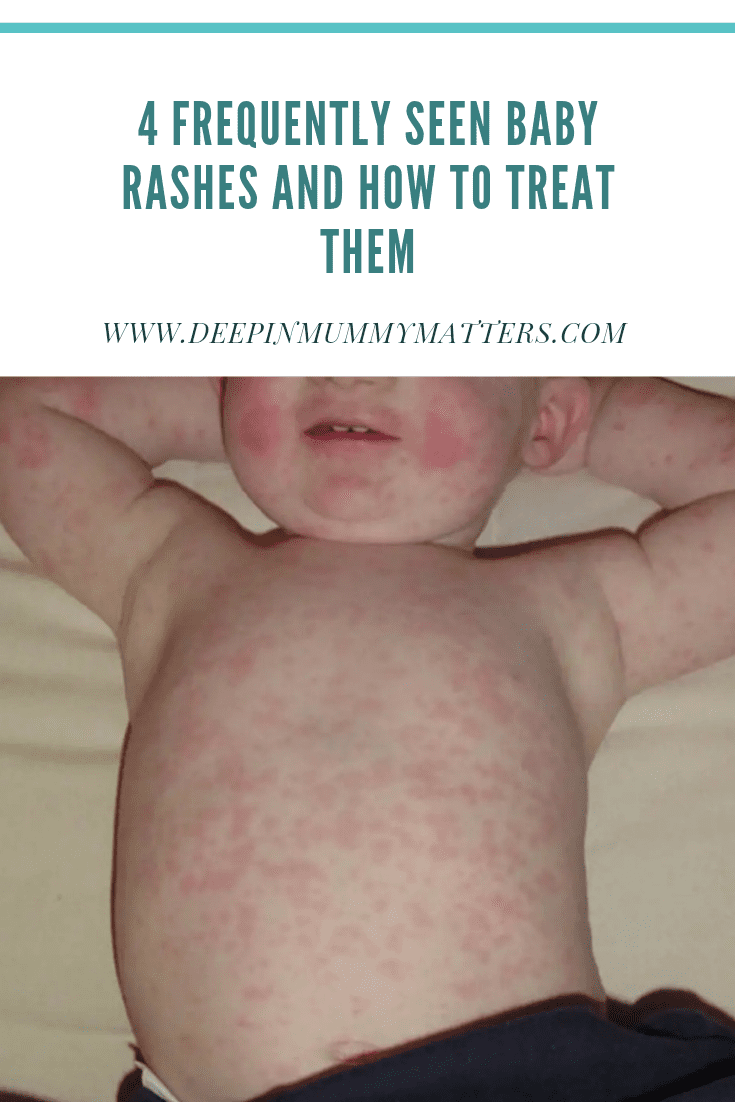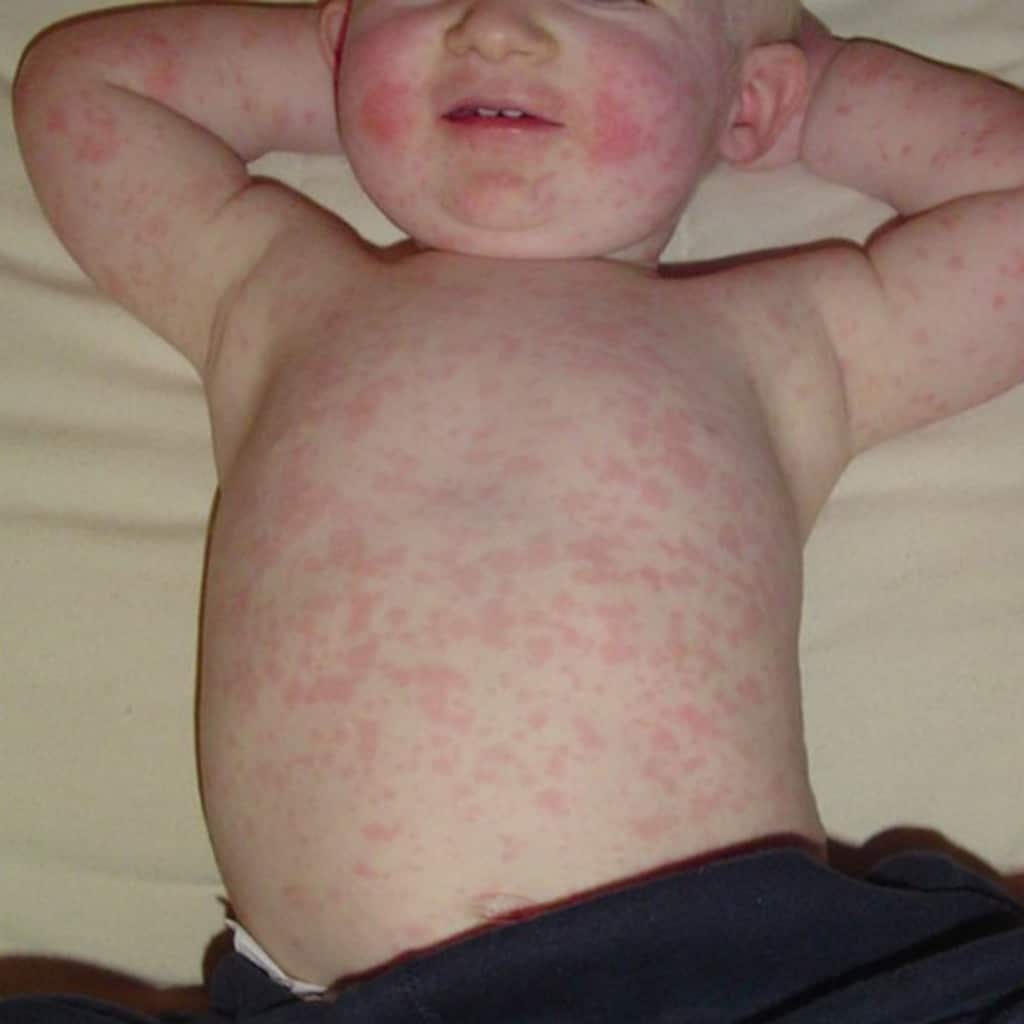It is common to see rashes on babies, especially in the first few months of their lives. A baby’s skin is a lot more sensitive than an adult’s skin. It’s common for healthcare providers to prescribe topical ointments or creams such as baby eczema lotion based on your baby’s type of rash. However, you should be aware that there are days when it may be hard to differentiate what the rash is just by looking at it.
This article will discuss some of the most common baby rashes and their treatments.
Cradle Cap

Cradle cap is a common rash that babies can develop in the first few months of their lives and one of the most commonly discussed rashes on mothering message boards. It develops when babies are between two to six months old. The scalp is covered with a thick, yellowish greasy material. In some cases, it can also appear as red patches of skin or thin scales around the cheeks, forehead, and neck. Your baby may be born with some cradle cap but if you have concerns about whether he has been affected, go to your doctor to have it checked out.
Eczema

Eczema is a common rash in babies. It causes the baby’s skin to become red, inflamed, and irritated. Additionally, it mainly appears on the hands and feet of infants in their first few months of life. Eczema isn’t contagious or caused by poor hygiene. The rash on the palms of an infant will initially be dry and scaly with red borders or edges. These patches can sometimes become a deeper shade of red without any scales present. To treat eczema symptoms in your infant, you should use a moisturizer or the baby eczema lotion several times a day to keep your baby’s skin hydrated and reduce itchiness.
Prickly Heat

Prickly heat is a common rash in babies younger than 6 months old. It begins as small, red, and tender bumps on the chest and back. These bumps are usually found under the armpits, the belly button, the neck, and the hairline. Prickly heat is caused by sweating. The sweat can’t escape through the baby’s pores easily because they have so much hair. The trapped sweat makes the skin hot and itchy. The best treatment for prickly heat is to reduce your baby’s body temperature. Try to keep your baby’s room cooler and drier than normal.
Fungal Infection (Candidiasis)
When a baby develops a rash that doesn’t seem to improve, despite treatment with ointment and frequent diaper changes, it could indicate a fungal infection. Fungal infection usually appears on the baby’s bottom, in the groin area, or in the folds of the knees and elbows. The rash is often red with small raised bumps that can also appear white. The skin in these areas is often inflamed and irritated. To treat a fungal infection, your doctor will prescribe an antifungal cream. Cleanse the area gently several times each day with mild soap and warm water, then pat dry thoroughly. Apply the antifungal cream as directed by your doctor.
Conclusion
Newborn babies are especially susceptible to certain rashes, and the worst part is that they can come and go without any clear indication of what might have caused them. As a parent, you might want to be aware of some of the common rashes in your baby’s first few months, so you can watch for signs of possible allergens and take prompt action if necessary. A paediatrician may even recommend medication such as baby eczema lotion or an ointment cream.


